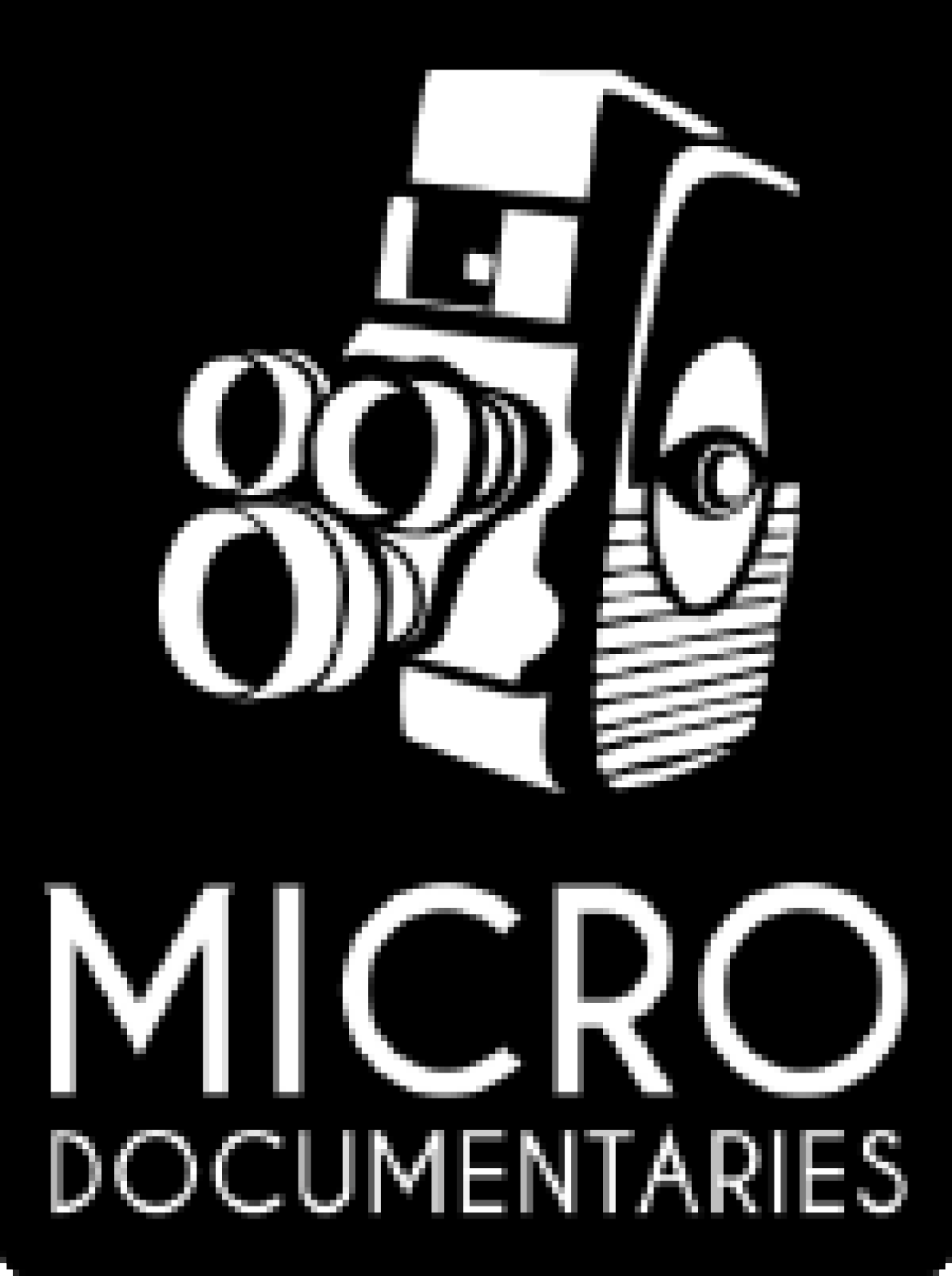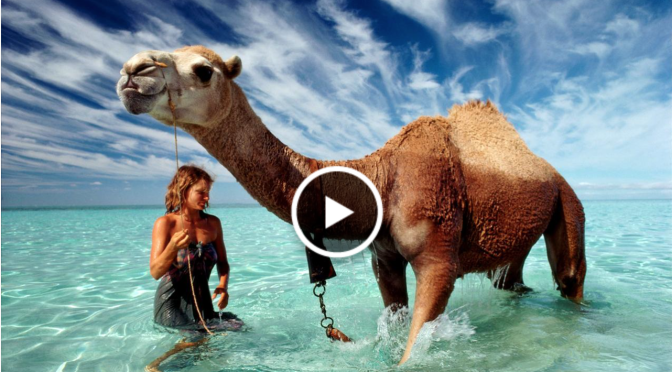People we work with sometimes have a journey that they would like to film. A one-year fellowship. The process of creating a product from idea through prototype to manufacturing. An exploration through Latin America.
Often they come to us with the idea of sending a filmmaker, keeping the camera on the entire time and then seeing what happens. The thought is that anything can happen, we never know what, we can’t plan yet we want to capture it all.
This approach is both expensive and unnecessary, not to mention excruciating and more expensive to edit.
Take inspiration from Robyn Davidson on how to capture a journey in an authentic and affordable way. Back in 1977, a then 27-year-old Davidson set out on an epic journey across the Australian Outback with four camels and her beloved dog Diggity. The camels were wild; she had captured them and trained them herself.
National Geographic got wind of Davidson’s journey across the Gibson Desert to the Indian Ocean and decided it wanted to capture it for the world. Naturally, sending a professional photographer for the whole trip wasn’t feasible. Instead, they had one photographer, Rick Smolan, check in with her five times, from her starting point — the windswept, isolated outpost of Alice Springs — to her emotional arrival at the Indian Ocean.
As you can tell from this video, and even more so from Smolan’s book, Inside Tracks, Smolan was able to pick key moments of visual interest along the way and create a sense of continuity and completion, even though he was only with Davidson for a fraction of her nine-month, 1700-mile trek.
Keep this in mind the next time you think about capturing a larger experience or journey on film. We don’t need all the details to appreciate what you’ve accomplished. We just need a good taste.
If you’re interested in Davidson’s experience, I encourage you to read her travel memoir Tracks.

